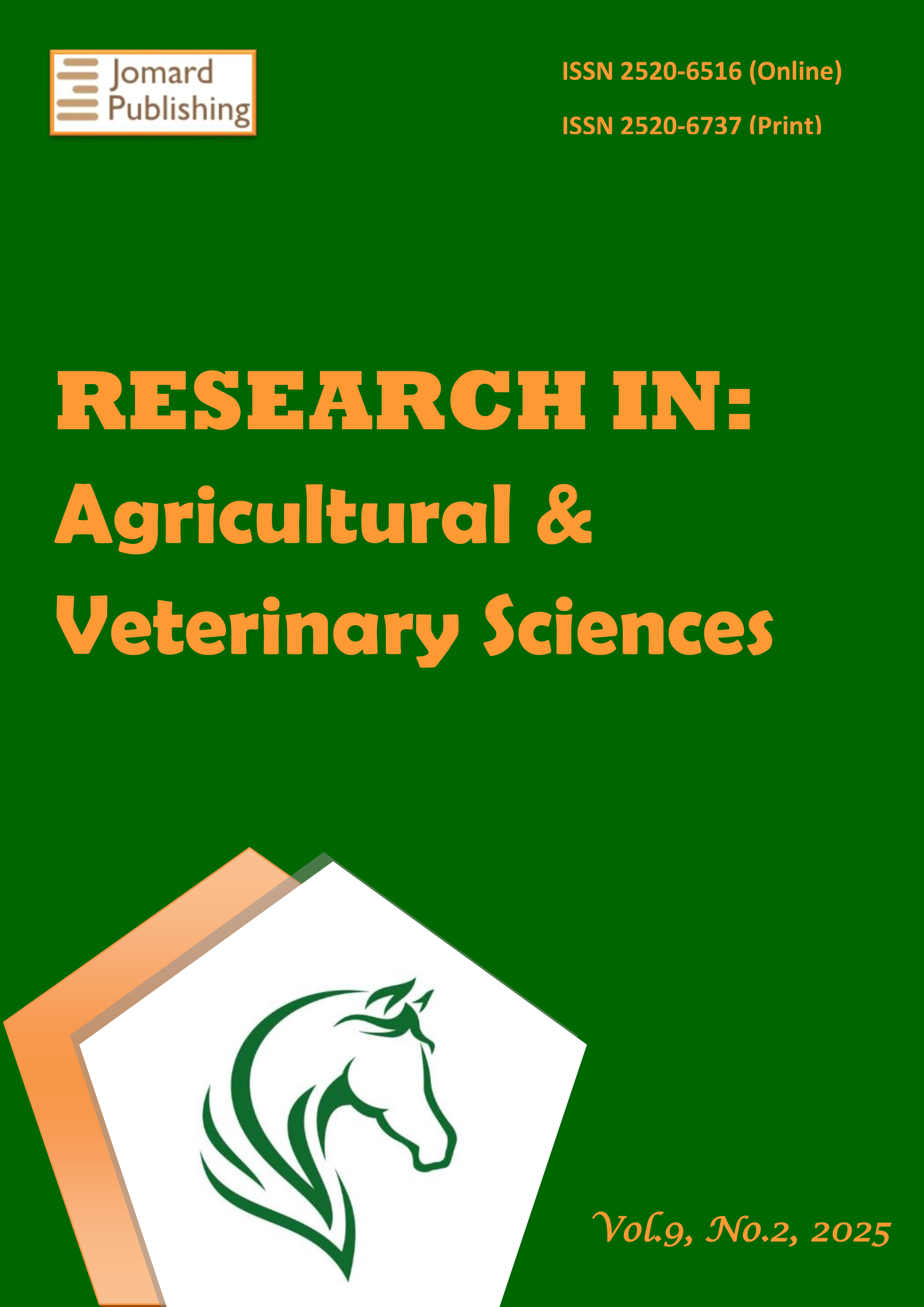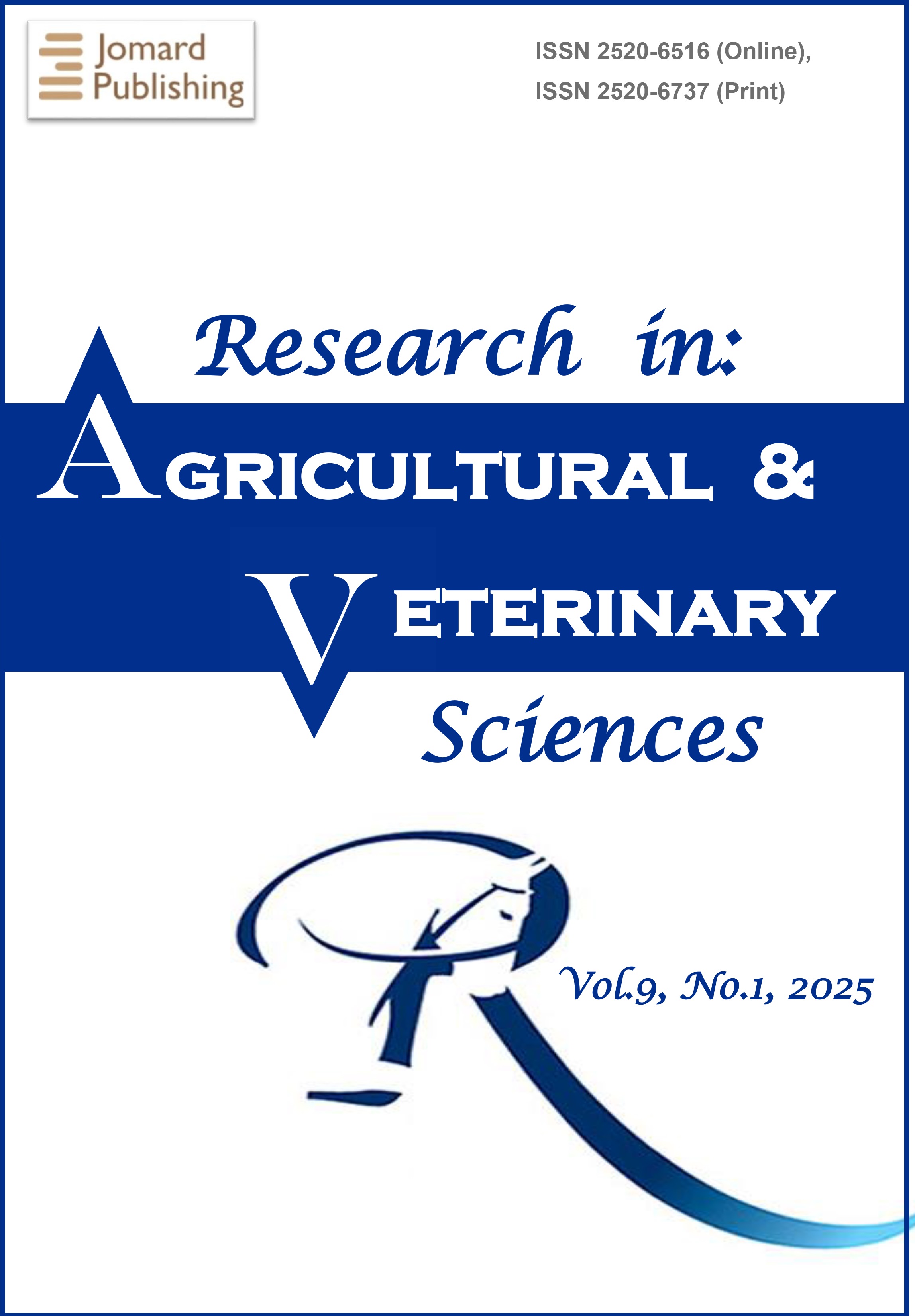The Effect of Mulberry Leaf Maturity on Silkworm Rearing Outcomes in Azerbaijan's Ecological Conditions
- Published: 21-04-2025
Share
Sericulture in Azerbaijan boasts an ancient 1,500-year history and rich traditions. This industry has deep-rooted significance for the country and has long been a part of its heritage. Azerbaijan’s natural silk is renowned for its consistently high quality. It is well known that the domestic silk moth is a monophage, feeding exclusively on mulberry leaves. Therefore, the development of sericulture begins with establishing a strong forage base. In Azerbaijan, this base primarily consists of specialized plantations and linear mulberry plantings. The quality of mulberry leaves is crucial for feeding silkworm caterpillars, as it directly impacts their growth and silk production. Mulberry varieties vary significantly in chemical composition and leaf quality, which in turn affects the feeding outcomes of the silkworm. These qualities are influenced by various factors, including soil composition, plant age, varietal characteristics, agricultural practices, exploitation methods, planting types and leaf maturity. Considering these factors, we conducted a pioneering experiment on local species (Mayak-1) to determine how leaf maturity influences caterpillar feeding.
- View 548
- Downloads 103
- Saveds 0
- Citations (Crossref) 0


